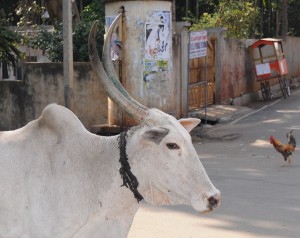
Travelling parents often ask, “Can I give my toddler cow’s milk in a foreign country?” The answer depends on how the milk has been treated. You should offer local milk only if it has been properly pasteurized, refrigerated, and is within its use-by date. If you have any doubts about the milk’s safety, for example whether or not it has been pasteurised or if the refrigeration process has been tampered with (some developing nations have frequent power shortages) then do not give this product to your child.
To be 100% safe, you can offer long-life UHT milk, which is recommended for children under two years old. Keep in mind that once you open a carton of long-life milk, it needs to be refrigerated and spoils just as quickly as normal milk. Alternatively, you can bring your preferred UHT milk with you if your trip is short and the country allows dairy products to be brought in (some countries, such as Australia, do not allow this).
Another thing to remember is that cow’s milk in a foreign country will more than likely have a different taste to milk back home (different foods that cows eat in different regions effects the taste). So if you are the owner of a small person with fussy taste buds you may find they reject foreign cow’s milk. Over a short holiday this may not be an issue but if you’re travelling for a long period of time you may wish to get them slowly used to the taste of UHT milk before you travel.
You may also be interested in this article on Safe Eating for Young Children when Travelling to a Developing Nation. If you want further information on this overall topic the World Health Organisation has produced a great brochure – Guide on Safe Food When Travelling.
Thank you for reading!
